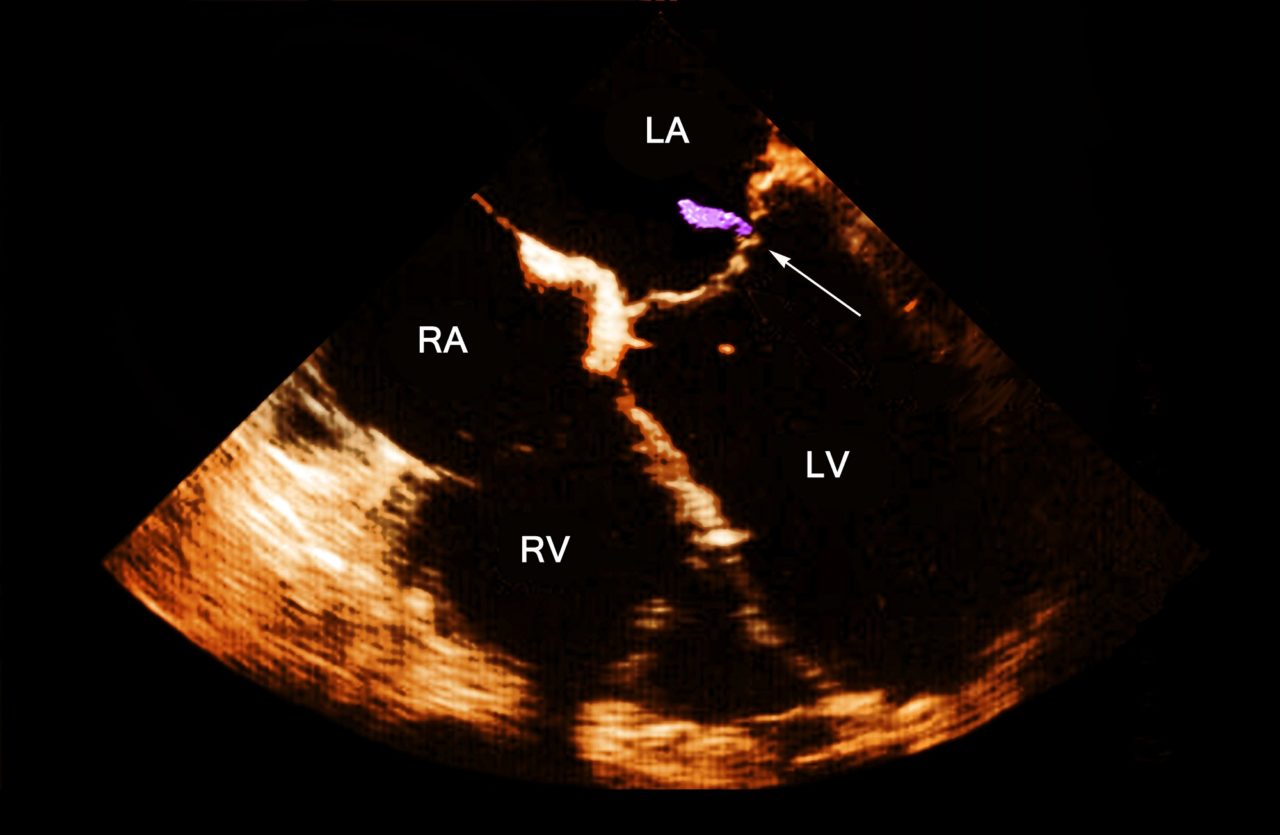Drug Abuse-Related Infective Endocarditis Rising at Alarming Rate


Drug abuse with infective endocarditis (DA-IE) has been increasing annually over the past 14 years throughout all regions of the United States, according to study results published in the Journal of the American Heart Association.
In this retrospective cohort study, researchers used the National Inpatient Sample registry to identify hospitalizations of patients age ≥18 years with a primary or secondary diagnosis of IE (N=954,709). Patients were admitted between 2002 and 2016. The database contained patient demographics, payer status, income, length of stay, charges, hospital region, and comorbidities. Researchers stratified the data according to DA status.
Of the participants with either a primary or secondary diagnosis of IE, 9.9% had DA (n=94,350). Compared with patients without DA-IE, patients with DA-IE were younger (median age, 38 vs 70 years; P <.001), more commonly men (55.5% vs 50.8%; P <.001), on Medicaid (45.1% vs 8.9%), and had a median household income in the lowest quartile (42.4% vs 30.7%).
Patients with DA-IE were more likely to have hepatitis C (8.2% vs 1.2%; P <.001), liver disease (18.6% vs 4.9%; P <.001), HIV (6% vs 1.2%; P <.001), and concomitant alcohol abuse (13.6% vs 3%; P <.001).
They were also more likely to have cardiac or valve surgery (7.8% vs 6.2% and 7.1% vs 5.1%, respectively; both P <.001), higher median length of stay (9 days vs 7 days; P <.001), and higher median hospital costs ($52,744 vs $37,372; P <.001).
The incidence rate of IE increased from 48/10,000 patients with DA-IE in 2002 to 79/10,000 patients in 2016. Regardless of IE, the incidence rate of DA has nearly doubled from 3% in 2002 to 5.9% in 2016.
Limitations of this study included reliance on billing codes in an administrative database. Researchers excluded hospital transfers, which may lead to bias in surgical selection. There is no definite and reliable way to assess whether patient death was related to DA or IE. The researchers used overall in-patient mortality in the National Inpatient Sample database. Annual percentage change could be misleading because DA-IE had no linear relationship over time.
These findings have important clinical and public health implications.
The American Association for Thoracic Surgery guidelines suggests patient care to involve a “specialized endocarditis team” that includes cardiology, cardiac surgery, infectious disease, neurologist, nephrologist, addiction specialists, case management, and nursing. The care of patients with DA-IE should include follow-up with drug rehabilitation. Further research is needed to identify geographic clusters of DA-IE outbreaks where opioids are more likely to be abused.
Reference
Harb SC, Kadri AN, Wilner B, et al. Geographic trends, patient characteristics, and outcomes of infective endocarditis associated with drug abuse in the United States from 2002 to 2016. J Am Heart Assoc. 2019;8:e012969.
This article originally appeared on The Cardiology Advisor
 Pathways Drug Rehabilitation Luxury Addiction Treatment & Detox Center
Pathways Drug Rehabilitation Luxury Addiction Treatment & Detox Center


